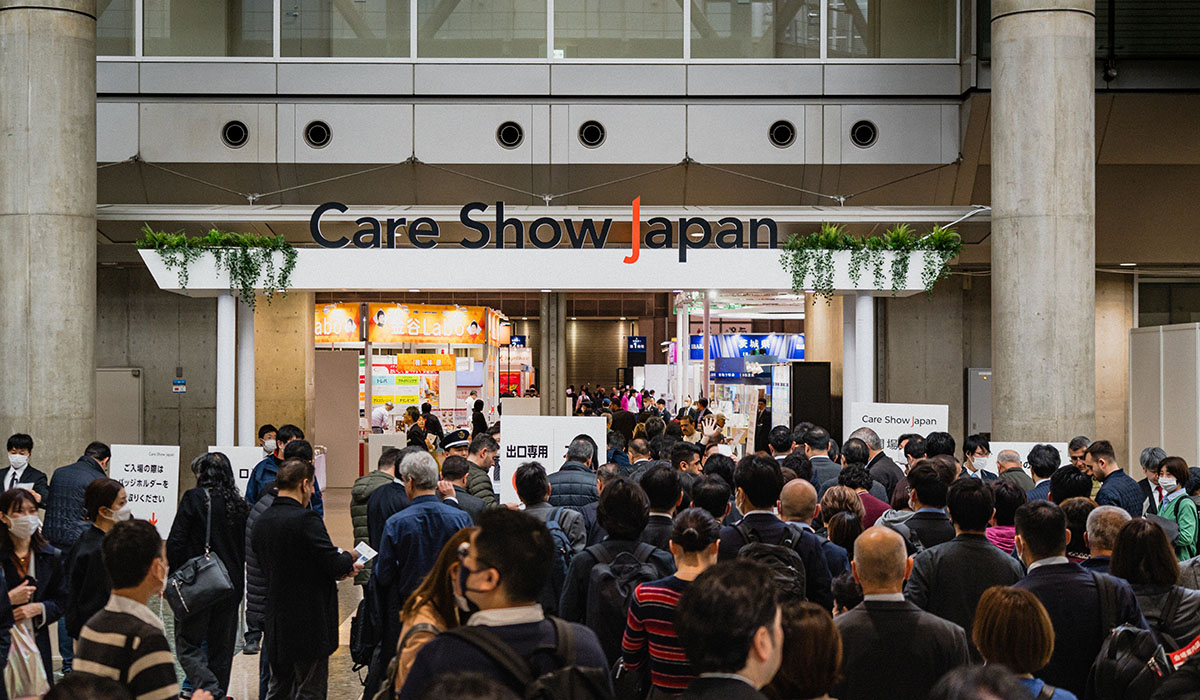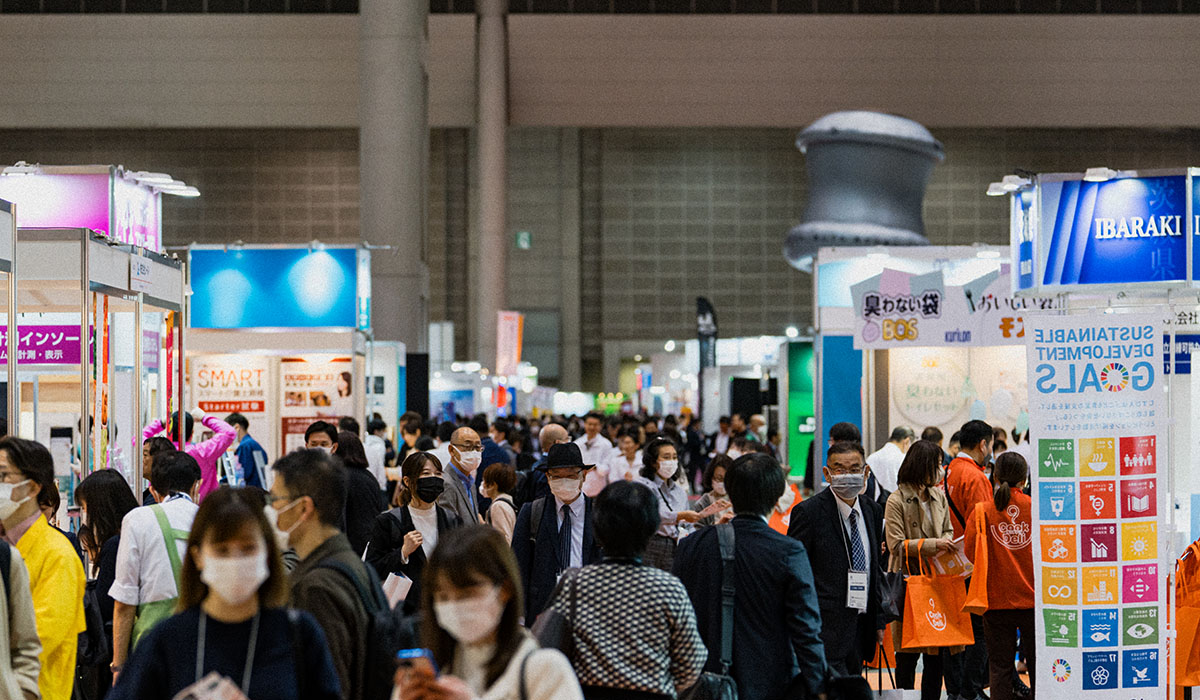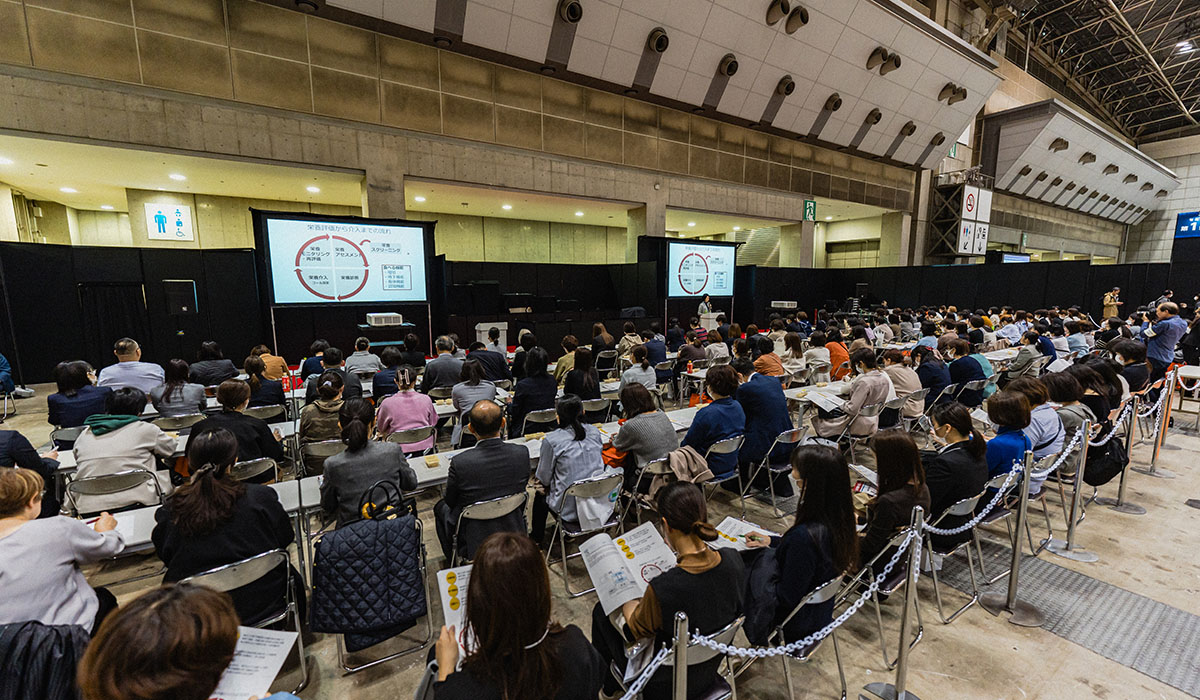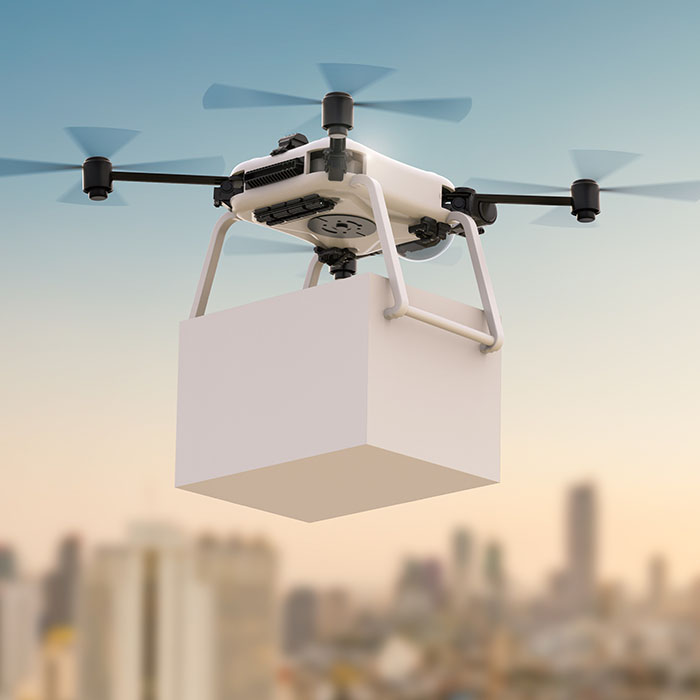February 20, 2025
Care Show Japan 2025
For nursing care, medical services, prevention, and community development in a super-aging society

Care Show Japan, a significant event addressing regional and social challenges in the era of super-aging societies, will be held from February 26 to 28 at Tokyo Big Sight. Centered around five specialized exhibitions related to caregiving and healthcare, the event will showcase new products and services alongside a rich program of lectures reflecting the latest industry trends. It continues to provide visitors with valuable information. We spoke with Mr. Koichi Ota, the project team manager, to learn more about the appeal of Care Show Japan and the future it envisions.
Koichi OTA
Informa Markets Japan Co., Ltd.
Project Team Manager for Care Show Japan and Japan Jewellery Fair
Can you share the history and mission of Care Show Japan?
Care Show Japan consists of five specialized exhibitions, with the largest space dedicated to the "Medicare Foods Exhibition." This exhibition focuses on food products for the elderly and meals for caregivers, and it will celebrate its 17th year at the upcoming event. The inaugural Medicare Foods Exhibition took place in 2009, the same year I joined the company, and since then, I have participated in this exhibition every year.When the Medicare Foods Exhibition was first held, the phrases "caregiving meals" and "food for the elderly" were not as widely used as they are now. However, with the expected rise in Japan's elderly population, we identified an opportunity to create an exhibition centered on food and meals for seniors, primarily targeting dietitians. This became the driving force behind the establishment of the Medicare Foods Exhibition. While other nutritional conferences do exist, very few exhibitions specifically feature food products for the elderly where dietitians can come to see the offerings. This context provides the background and purpose for the event's inception.
The growing elderly population has become a significant concern for Japanese society. In the past, many seniors lived in facilities such as nursing homes, but there was an expectation that more individuals would inevitably require home care in the future. Consequently, a major challenge emerged regarding the distribution of products specifically designed for elderly people, particularly in the area of food. Concerns arose about whether each senior citizen received the necessary and appropriate food based on specialized knowledge and perspectives. With these challenges in mind, we hoped that organizing the exhibition would help improve the distribution system. At the same time, we aimed to contribute to the healthy development of the industry itself. Thus, starting with the theme of food and nutrition, we have continued to hold the exhibition year after year. The issues surrounding seniors and caregiving extend into many other fields beyond food. The exhibition also recognized the potential to branch into these other areas, which is why it has evolved in various ways to its current form.
What is your perspective on the impact of holding five exhibitions simultaneously?
Care Show Japan is an exhibition dedicated to caregiving and the elderly. However, as more individuals receive home-based care, there is a growing need for community and regional development that enables elderly individuals to access essential services. Therefore, it is crucial not only to involve care providers and healthcare professionals but also to include pharmacies, local governments, related facilities, and services to create systems that support the lives of elderly people in every community. When considering the future direction of Japanese society, it is vital to integrate themes like community building into the exhibition. This led us to decide to host multiple exhibitions simultaneously, attracting a diverse range of stakeholders alongside care providers to draw in a wider audience. The benefit of simultaneous exhibitions is that they allow us to gather participants from various sectors and give them the chance to explore the latest products and services. Additionally, Care Show Japan aims to provide visitors with the newest information through seminar programs and to create a valuable platform for meaningful exchanges.
What key elements do you prioritize when planning and organizing seminar programs?
At Care Show Japan, we invest significant effort into our seminar programs. We are thankful to receive positive feedback from both exhibitors and attendees, which inspires us to keep working diligently. Each time, we establish themes based on the current challenges facing the industry. The Japanese caregiving sector, in particular, is strongly influenced by regulations and laws, so we consistently include topics related to government policies and guidelines. This year, we also expect speakers from the Ministry of Health, Labour and Welfare. Moreover, visitors are especially interested in success stories, so we ensure that such examples are integrated into the themes. Additionally, we strive to provide practical information for business owners and frontline workers that can be implemented in their daily operations, including case studies that unite different sectors. We aim to create an exhibition that attendees feel is directly relevant to them, ensuring the event's content resonates with a broad audience.The seminar program should cover a diverse range of themes, correct?
Yes, that's correct. While the main focus of this exhibition is caregiving and the elderly, one of the most pressing issues in the caregiving industry today is the shortage of staff. The Ministry of Health, Labor and Welfare has projected a personnel shortage in caregiving by 2040, and two main solutions have been identified: "ICT integration" and "utilizing foreign workers." Regarding ICT, there remains a strong belief that caregiving should be performed by human hands. However, I believe that if we can successfully integrate technology in areas where it can replace human labor, while ensuring that tasks requiring human involvement are still performed by people, it would represent a significant advancement in utilizing technology effectively.In addition to national policies, we have included themes on workforce retention in facilities and recruitment strategies within the seminar program, as these are critical issues in the overall challenge of staff shortages. Apart from ICT solutions for the labor shortage, there is also a growing movement toward utilizing foreign workers, which is why we have incorporated this theme into the program as well.

Regarding the use of foreign workers, challenges exist, but are there currently foreign workers employed in caregiving industry?
Although the recruitment of foreign workers at facilities is advancing, numerous challenges persist on the ground. While it's evident that there is a staff shortage, merely considering ways to boost the workforce in the caregiving sector and to ensure their long-term retention will not address the issue promptly.The government is currently working on establishing systems to support the recruitment of foreign workers. This movement is not limited to the caregiving industry but also affects other manufacturing sectors.
Is there much to be learned from Japan’s caregiving sector, even from an international perspective? Are foreign visitors seeking to take case studies from Japan back to their own countries, or are there areas where Japan can learn from others abroad?
Services and their delivery can vary significantly depending on the circumstances, cultures, and customs of each country or region. However, particularly in the realm of food, I believe Japan is ahead of other nations. As I mentioned, the "Medicare Foods Exhibition" is the largest event within Care Show Japan, and we also conduct numerous seminars related to it as part of our seminar program. For example, in the areas of food and nutrition, we invite prominent experts who speak at nutritional conferences to deliver high-quality, specialized seminars, which attendees can join for free. The dietitians who participate in these seminars are highly engaged and enthusiastic. We have observed that many foreign visitors come specifically to explore the food-related aspects of the exhibition.
Are you planning to attract international exhibitors in the future?
At present, there are only a few overseas exhibitors. However, in response to visitor needs, we are actively exploring options to increase the participation of foreign companies as exhibitors and to attract more international attendees in the future.
I’ve heard that you arrange networking events for visitors.
Yes, to create value for our visitors, we hosted a networking event for dietitians during the last exhibition. Many dietitians work independently in facilities or hospitals and often encounter similar challenges in their daily routines. By offering them a chance to share information and discuss these issues, we aimed to enhance value for our attendees. When individuals from different fields connect and build networks, it also benefits the organizers. We are considering organizing similar events in the future. Furthermore, we are positively contemplating another networking event for local governments, which we previously held during the last exhibition.
What types of goals do you imagine for these unique initiatives?
While striving to expand the exhibition’s reach, I also aim to address social issues through the event. This year, our special initiatives focus on three major global challenges: dementia, caregiving technology, and the shortage of caregiving personnel. By bringing together companies that offer solutions to these problems and attracting individuals interested in these services, we can increase the exhibition's size and enhance its value. Our goal is to create a platform where diverse individuals can unite to work toward solutions.Currently, more people need to care for their elderly parents while working, and many find it necessary to resign from their jobs. As caregiving resignations increase, companies' productivity declines, creating a ripple effect on the broader industry. Examining this issue over a 10- to 20-year horizon could have a significant economic impact. In response, the Ministry of Economy, Trade, and Industry has launched the "Open Care Project," shifting the perception of caregiving from a "personal issue" to a "shared societal topic." At Care Show Japan, we offer an opportunity to introduce this project's initiatives and collaborate with its activities.
What scale are you targeting this time?
We currently have 175 exhibitors. The last event attracted around 11,000 visitors, so this time, we are aiming for 13,000 attendees.
Lastly, what does the exhibition mean to you, Mr. Ota?
Exhibitions are venues where people and information intersect, and I feel tremendous joy when unexpected business models or alliances are formed, or when new products featured at our exhibition achieve widespread recognition. Furthermore, organizing networking events for visitors or hosting caregiving food menu contests in collaboration with external organizations—having the ability to shape the products we sell ourselves—is one of the most fascinating aspects of working on an exhibition.
This time, we are partnering with the general incorporated association KAiGO PRiDE. This organization is committed to promoting self-respect among those in the caregiving field and linking it to societal respect, with an emphasis on elevating the branding of caregiving as a profession. I believe that offering such an organization the chance to raise awareness of its activities represents a form of social contribution that only we, as the exhibition organizers, can provide. This, too, is one of the rewarding aspects of this role.




